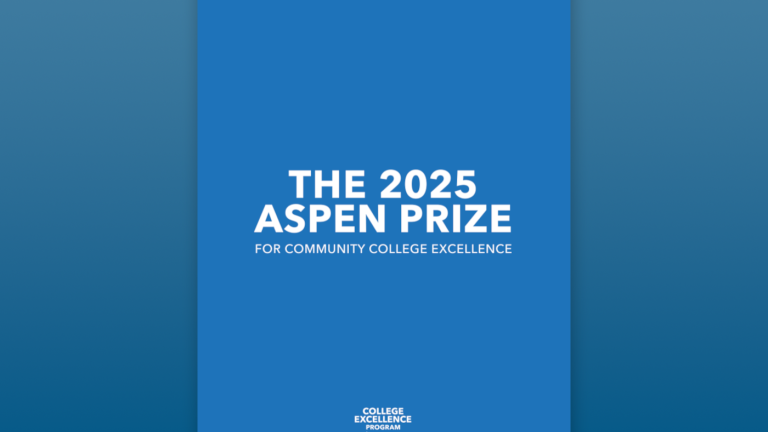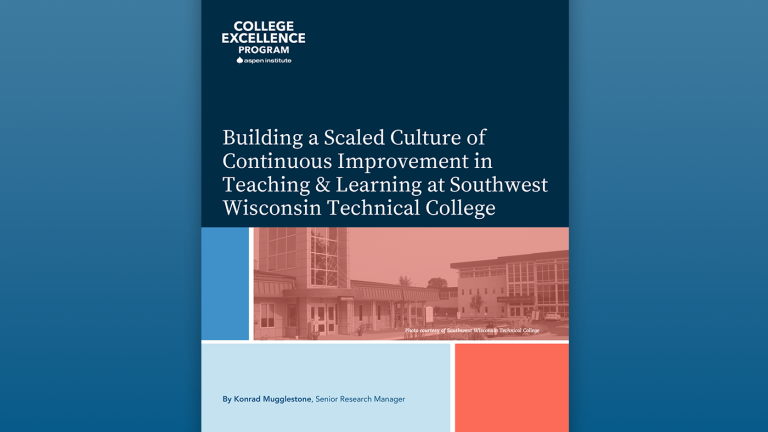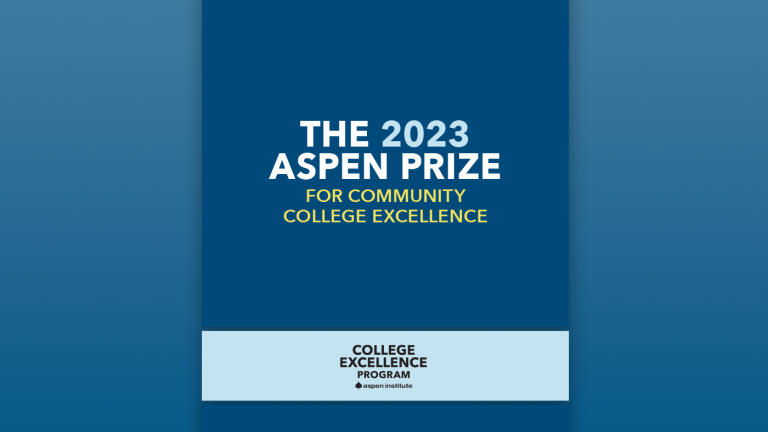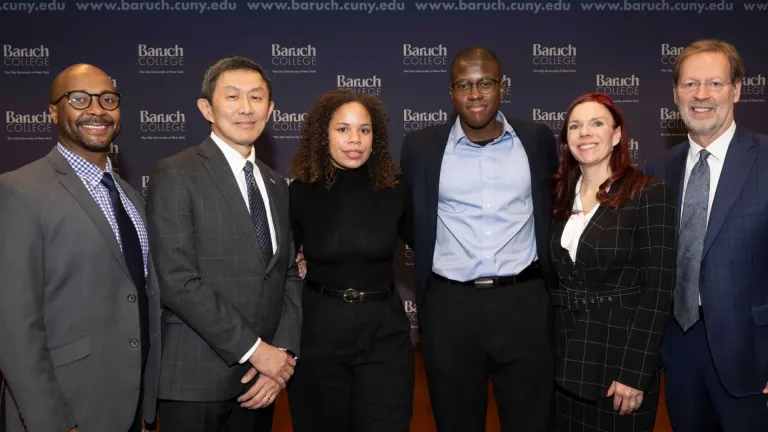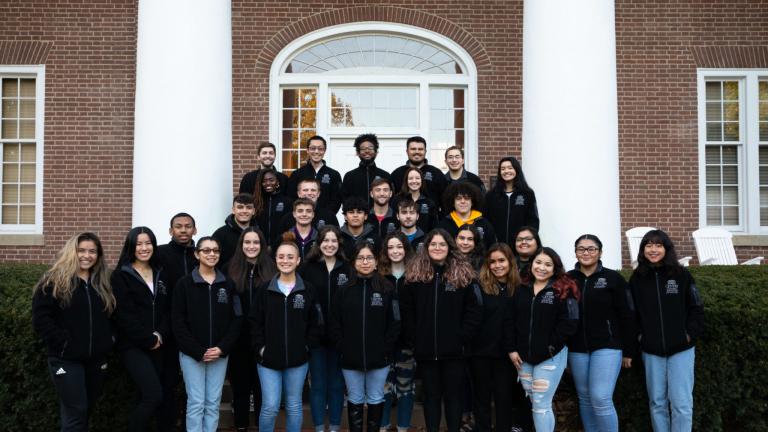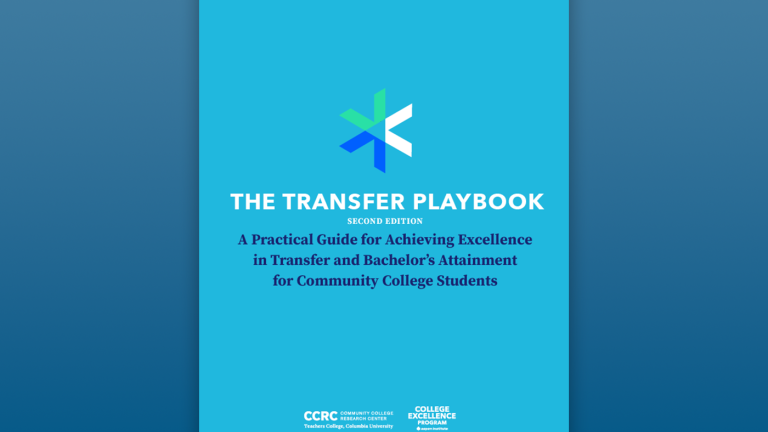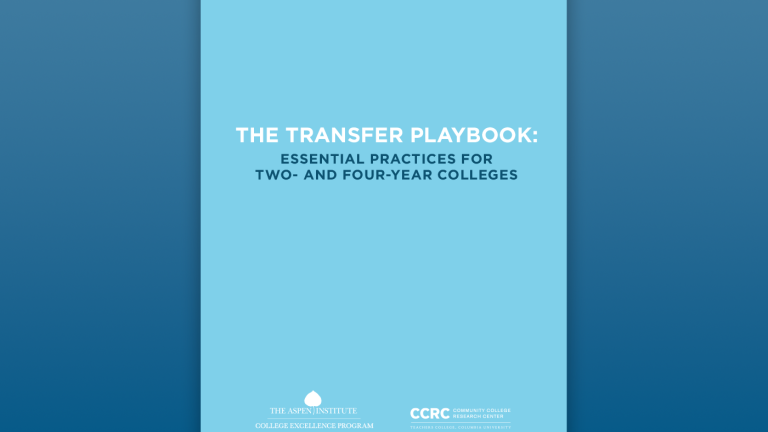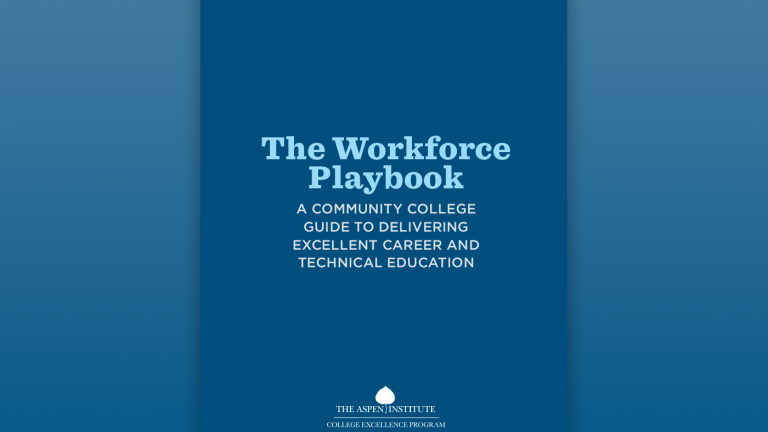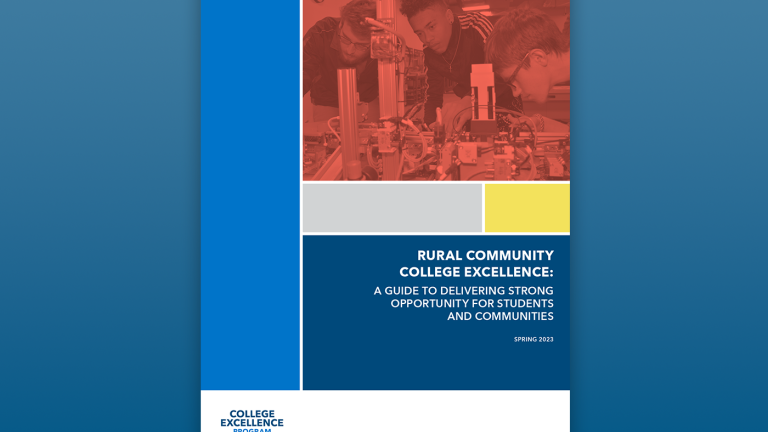Indian River State College (FL)
IRSC’s focus on data-driven continuous improvement and customer service led to the development of clear guided pathways and exceptional transfer and baccalaureate outcomes.
Miami Dade College (FL)
MDC showed that one of the largest, most diverse colleges can achieve successful, student-centered reforms at scale in teaching and learning, developmental education, and guided pathways.

